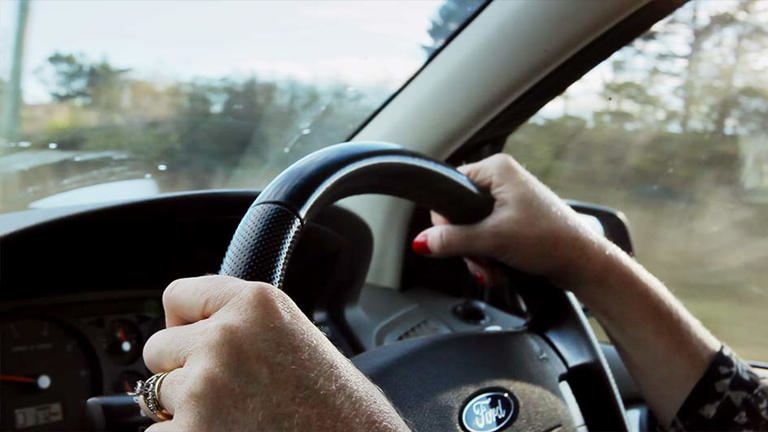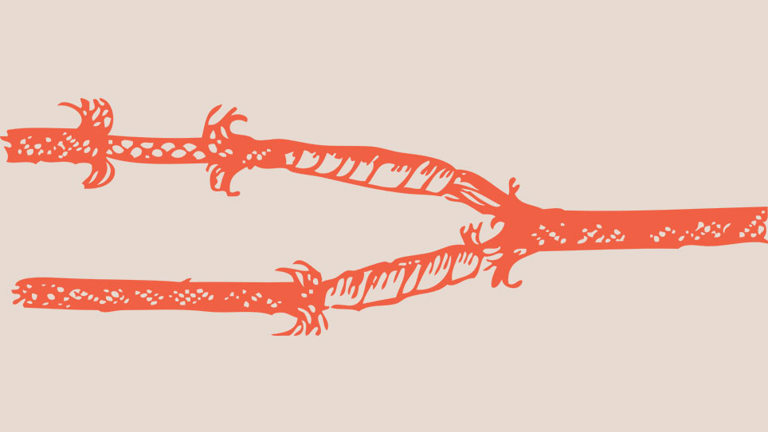The COVID-19 pandemic has affected supply chains globally and the automotive industry hasn’t been immune from its impacts. Shortages of raw materials that are used to make even the smallest of car parts have caused delays in the production line which could have implications if you’re in the market for a new car.
How do raw material shortages impact the car industry?
A lack of certain raw materials combined with the effects of the COVID-19 pandemic on staffing and factory operations have had major impacts on the automotive supply chain. But what does that mean for the car buying experience if you’re on the hunt for your next set of wheels?
There are a number of raw materials shortages that are currently plaguing the auto production line. From rubber to semiconductors, there are a whole bunch of crucial car components that are in short supply and are holding the industry back from delivering on new cars in time.
Believe it or not, a global rubber stock shortage has impacted the automotive industry thanks to overharvesting existing crops and a reluctance from farmers to plant new trees. Rubber in particular tends to operate on a ‘just in time’ supply system which saves car manufacturers dollars by avoiding the stockpiling of rubber. This method works when rubber stocks are at their normal supply levels but causes chaos as soon as things are thrown off kilter.
Natural rubber, also known as latex, has been a hot commodity during the pandemic. Used to make items like rubber gloves and packing tape, demand for these products skyrocketed during the pandemic as people tried to protect themselves against COVID-19. The higher than usual demand for rubber-based products has quite literally sapped (pun intended) the stock that auto manufacturers need to produce essential car parts, like tyres.
Since the start of 2021 global semiconductor shortages have been hitting auto manufacturers hard. With some vehicles requiring up to 3,000 chips to complete, running low on these precious parts has affected the production line hugely. While car manufacturers assumed demand for new vehicles would taper off as a result of the pandemic, many people opted to splurge on new cars in place of missed holidays meaning that demand has remained steady. With many car manufacturers running low on semiconductors, most of them have focused their energy on producing their most profitable models while less profitable models have suffered.
Beyond the raw materials shortages that the automotive industry has experienced, shipping and freight has also copped a beating during the pandemic. With many freight workers in isolation or caught in lockdowns, shipping has been hugely delayed which means it’s taking much longer for new cars to hit Aussie shores.
Impact of shortages on prices of new and used cars
To cut a long story short, when there’s plenty of demand and not enough supply to satisfy it prices go up. This is exactly what we’ve seen across the Australian new and used car markets as well as the market for individual car parts.
While rubber shortages continue to hamper the production of tyres, tyre prices are predicted to soar in Australia thanks to rising oil prices and energy costs. It takes roughly 31 litres of crude oil to produce a single tyre and with barrels of oil hitting record highs recently it’s only a matter of time before these price increases trickle down to the average Joe who’s looking for a fresh new set. Beyond the price of manufacturing the tyre itself, the cost of actually getting the final product from the factory to the retailer has also increased dramatically, which will also eventually be worked into the retail price.
The semiconductor shortage might not have a huge impact on the price of cars but it has had a massive effect on the supply chain and overall inventory of new vehicles in particular. Due to a combination of semiconductor shortages and logistical issues, supply delays have spanned up to 12 months in some instances. You don’t necessarily need to fork out more because of a lack of semiconductors but the limited supply coupled with greater demand might not leave a whole lot of wiggle room for negotiations at the car dealership if another buyer is willing to pay top dollar to secure a new whip.
Rising shipping costs are also to blame for the increase in car prices. Industry data shows that shipping costs have reached 13-year highs and a good portion of those hefty prices are being passed onto the consumer. Car manufacturers aren’t able to absorb these rising costs any longer, which is affecting the back pocket of anyone after a new vehicle.
There’s no doubt that the price of new cars has increased thanks to the lack of raw materials and rising shipping costs. Prices have gone up as much as 25% since pre-COVID times and with new car delays blowing out some Australians aren’t able to get their hands on a new ride no matter how hard they try. In the meantime, people are hanging onto their trusted clunkers until they’re able to upgrade, which means there’s less used cars in circulation. The short supply of second hand vehicles in Australia has made for an incredibly competitive market, which has seen the prices of used cars soar.
When will the car shortage end?
It’s difficult to predict exactly when the raw material shortages and shipping delays will ease enough to see the auto manufacturing supply chain return to normal. Some big players in the auto industry are optimistic about the current supply issues and are hoping that the shortage will start to ease around mid to late 2022. So if you’re on the hunt for a new car it could be worth pumping the brakes for a few months until the market settles down and prices stabilise.
As the saying goes, ‘when it rains, it pours’. From shipping and freight issues to shortages of semiconductors and rubber and the obstacles that come with a global pandemic, the Australian new and used car market has been through the ringer recently and it’s likely to affect your back pocket if you’re looking to buy. The car buying experience certainly looks different to what it did pre-COVID, but there’s hope that it’ll return to normal in the coming months. Whether you choose to sit tight and wait it out or take the plunge and get a new ride, Youi has your car insurance needs covered with our range of different product offerings. Get the ball rolling and start a quote today.



